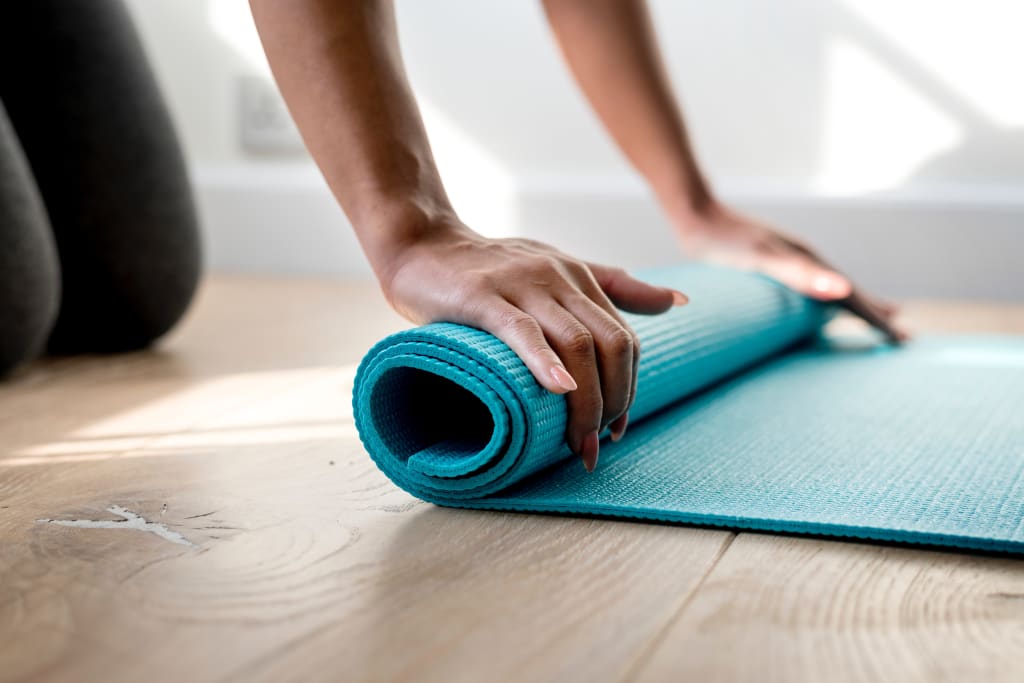How to Set Realistic Fitness Goals
Here are some tips that will actually motivate you to be better with your fitness!

Goals are important to have We make goals to help us make it through our schooling, we have goals in work, and we have goals for our fitness levels. They help us to have something that we’re reaching for--something that motivates us to change the way that we live. Some of the hardest goals for people to hit are fitness goals. This is because we set them too high, or we have unrealistic expectations going into achieving the goal. This creates a spiral downward because we set ourselves up to fail over and over again. To break the habit of failing your fitness goals, what you need to do in order to set a goal that you’ll succeed at.
1. Start from the bottom.
Fitness goals are often the most complicated goals because they have several layers that need to be dissected. First, start from the bottom of the goal. If you want to lose weight, figure out what you’re struggling the most with. If your biggest issue is that you're struggling with eating healthy, then start there. Plan out meals and set goals around that instead of the weight loss. If you’re struggling with exercise, make a goal to exercise four times a week. Do not set a goal vague like “I want to lose 10 pounds.” Your goals should be narrow and specific.
2. Set your own goals.
Fitness goals are almost always influenced by someone else. You see the body featured in the magazine and think, “I want to look like that.” Then, you subconsciously make that your goal. Do you best to avoid making this mistake since it sets you up for a false reality. Instead, look in the mirror and make the goals based on your body type. If you are curvy, don’t make a goal to have an athletic body type. Instead, just make the goal to be a thinner version of what you already are. If you make a goal to change the shape and structure of your body, you will always be let down. Set your goals for you, not for someone else.
3. It has to be measurable.
“I want to be happier” is not a measurable goal. “I want to exercise four times a week” is a measurable goal. The difference is that one goal is more abstract. When you’re creating your goal, make sure that they are specific. Make sure that they have a number in the goal. You should be able to know every time when you hit the goal and every time when you miss it.
4. Make the goal time-bound.
To have a truly measurable goal, it must be time-bound. You need to set a date by which you plan to hit the goal. Some of the best examples of time-bound goals are those reached within a fitness program. Le-Vel Thrive has a time-bound program that has you set a goal, and six weeks later you need to have hit that goal. Whether you decide to participate in a fitness program like Le-Vel Thrive, you should always make sure that your goal has a date planned. Don’t make the goal so long and drawn out that you forget that you have a goal. Keep your goal within a three-month period. Longer than three months and the goal is likely to be missed or forgotten.
5. Set the bar low (at first).
When you’re starting on your fitness journey you might be excited and want to shoot for the sky. The problem with that is that you’re more likely to fail at the goal. So, set your goals low at first. Give yourself little victories along the way. Instead of making the goal, “I want to lose 40 pounds this month,” make the goal “I want to lose five pounds this month.” Then, you’re more likely to hit the goal and likely to even shoot beyond the goal. Once you’re more comfortable with yourself and you know that you can hit higher goals, set higher goals. But, at first, start out low.
About the Creator
Indy Summers
Indy Summers is a freelance writer interested in fashion, healthy living, and fitness. She has worked as an esthetician, as a personal trainer, and as a freelance model for several years.






Comments
There are no comments for this story
Be the first to respond and start the conversation.